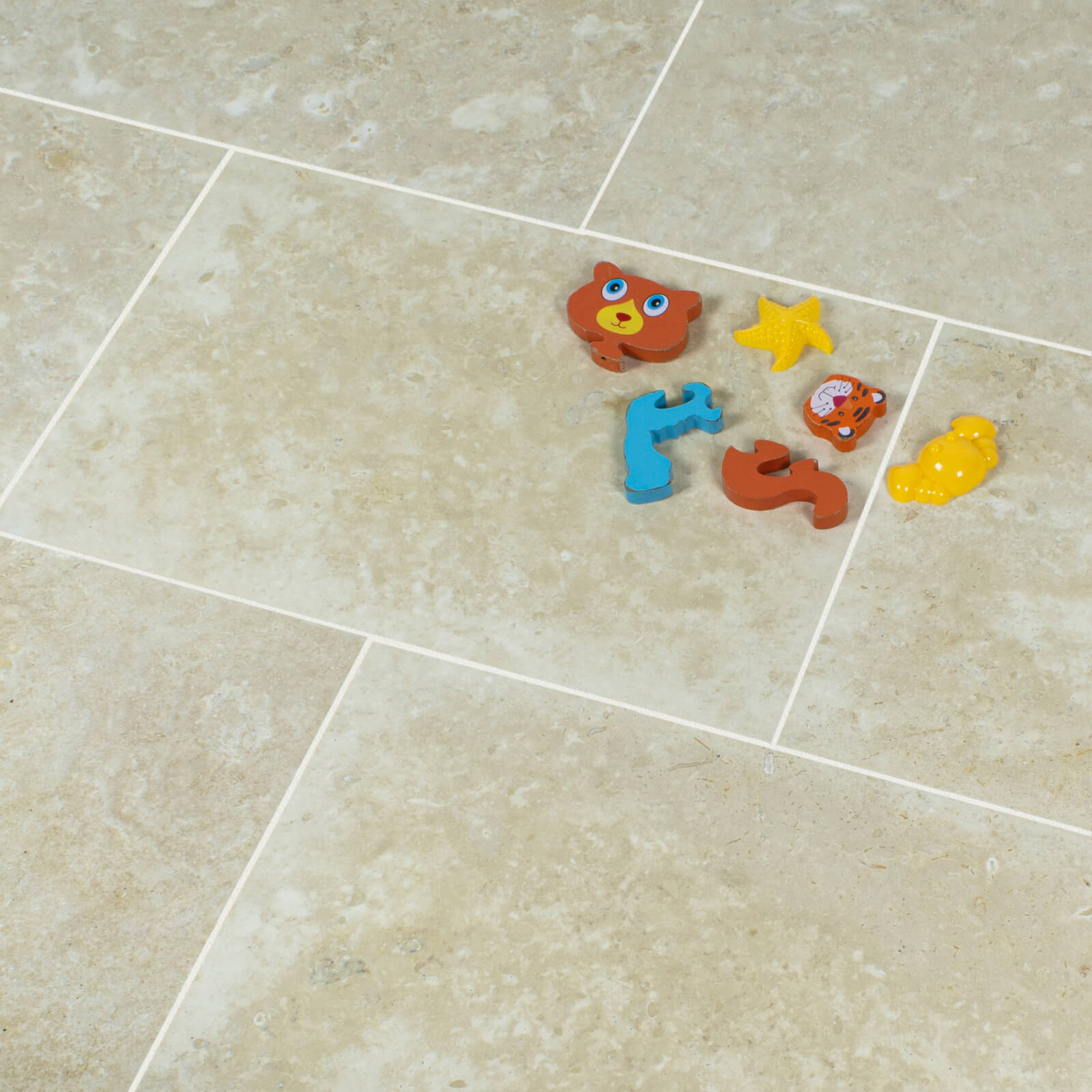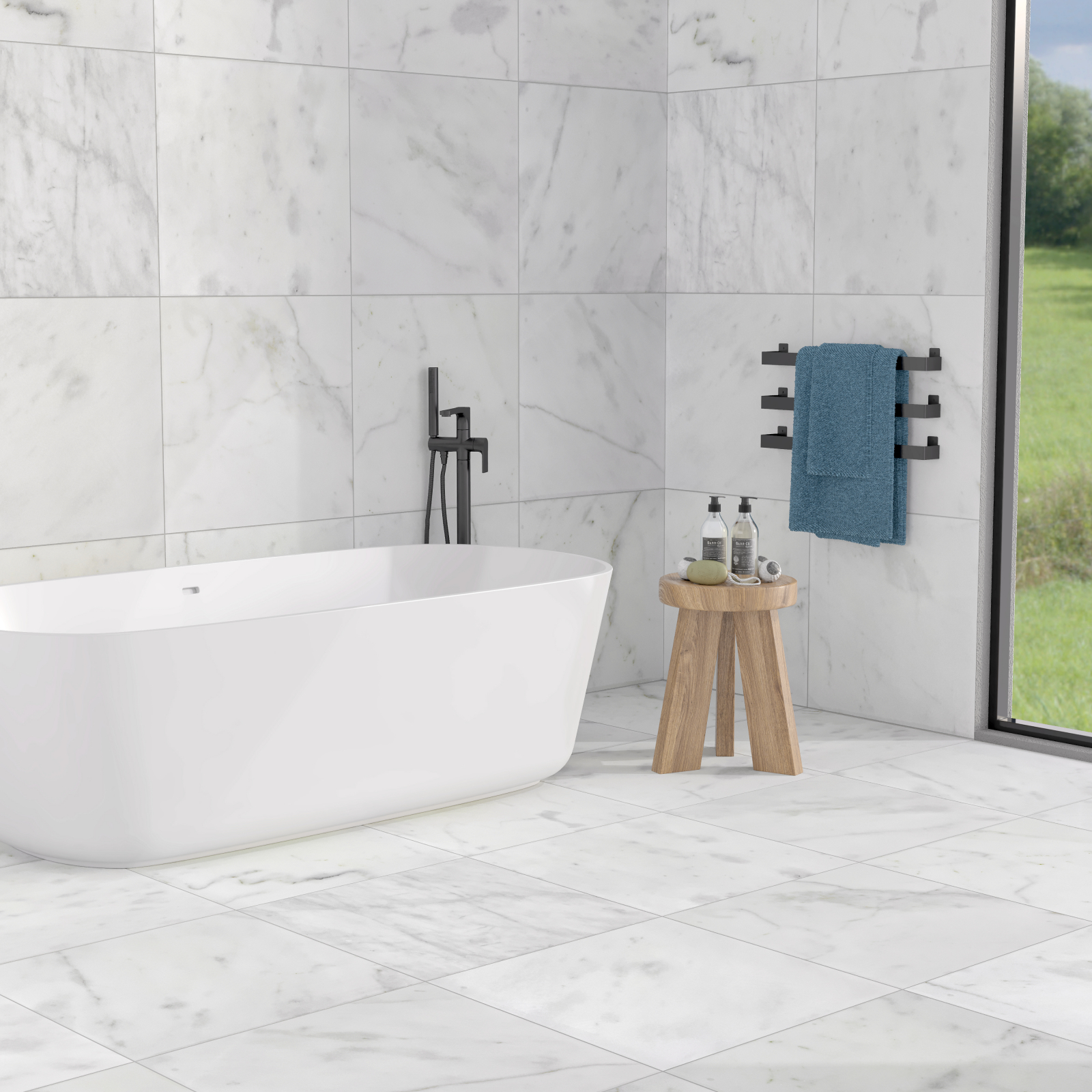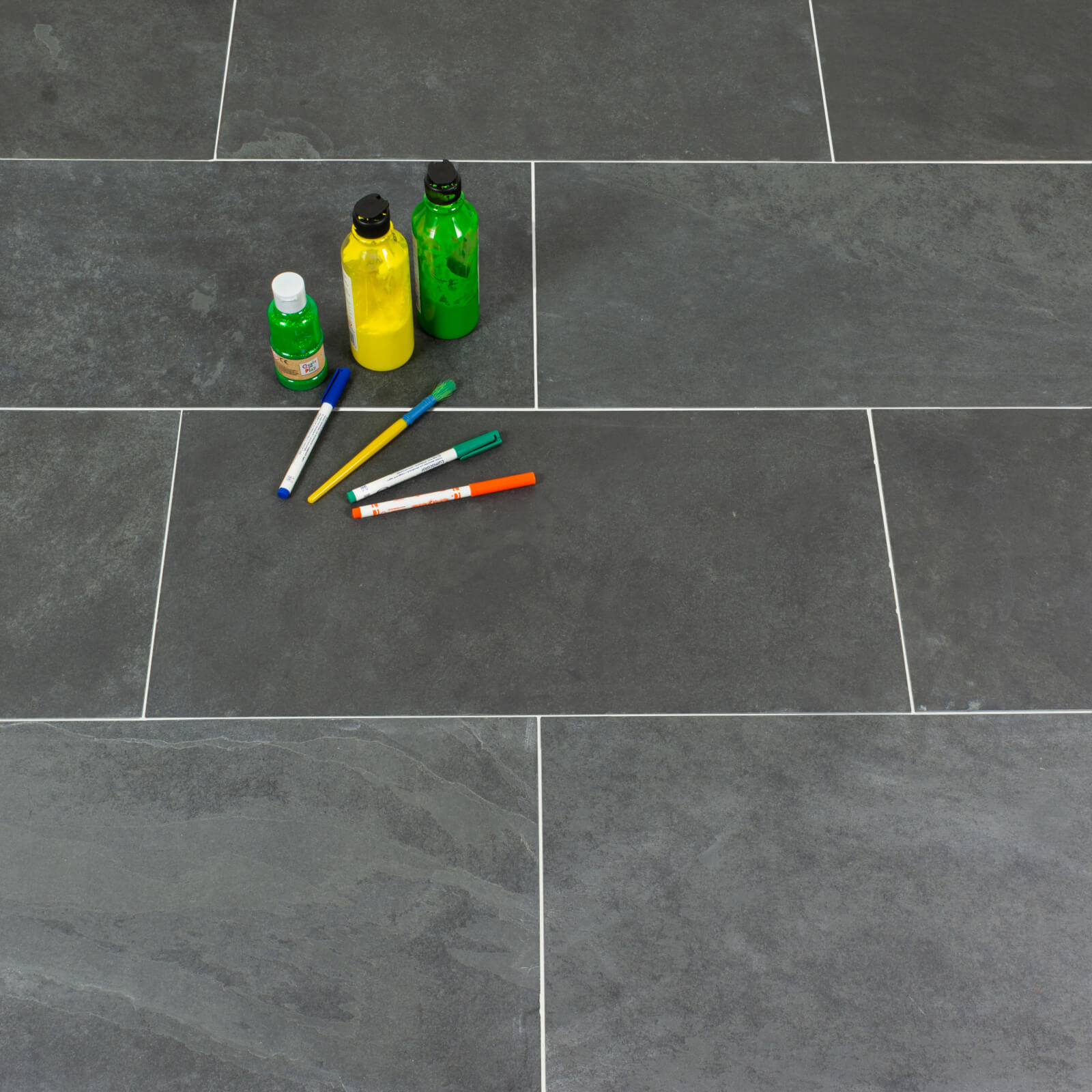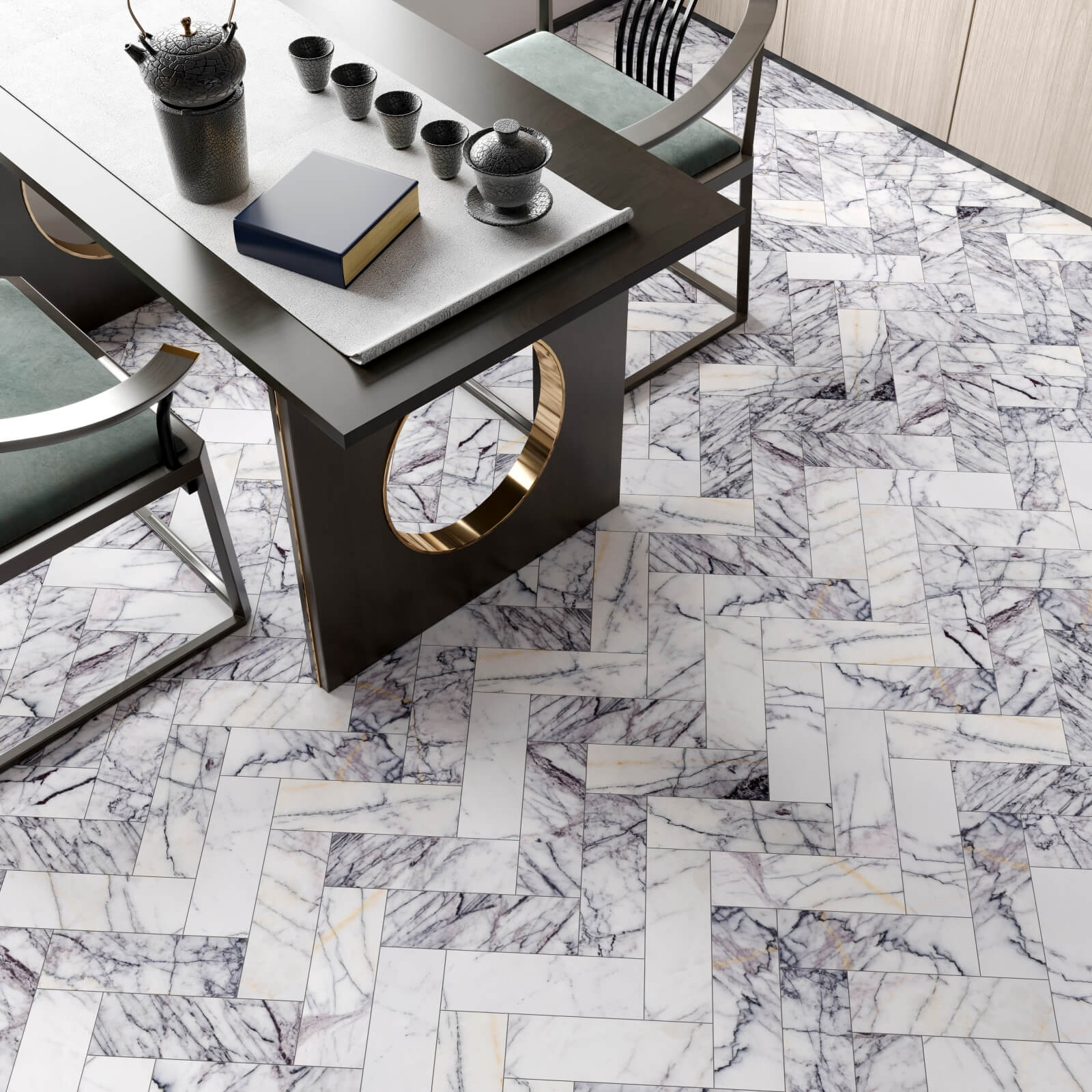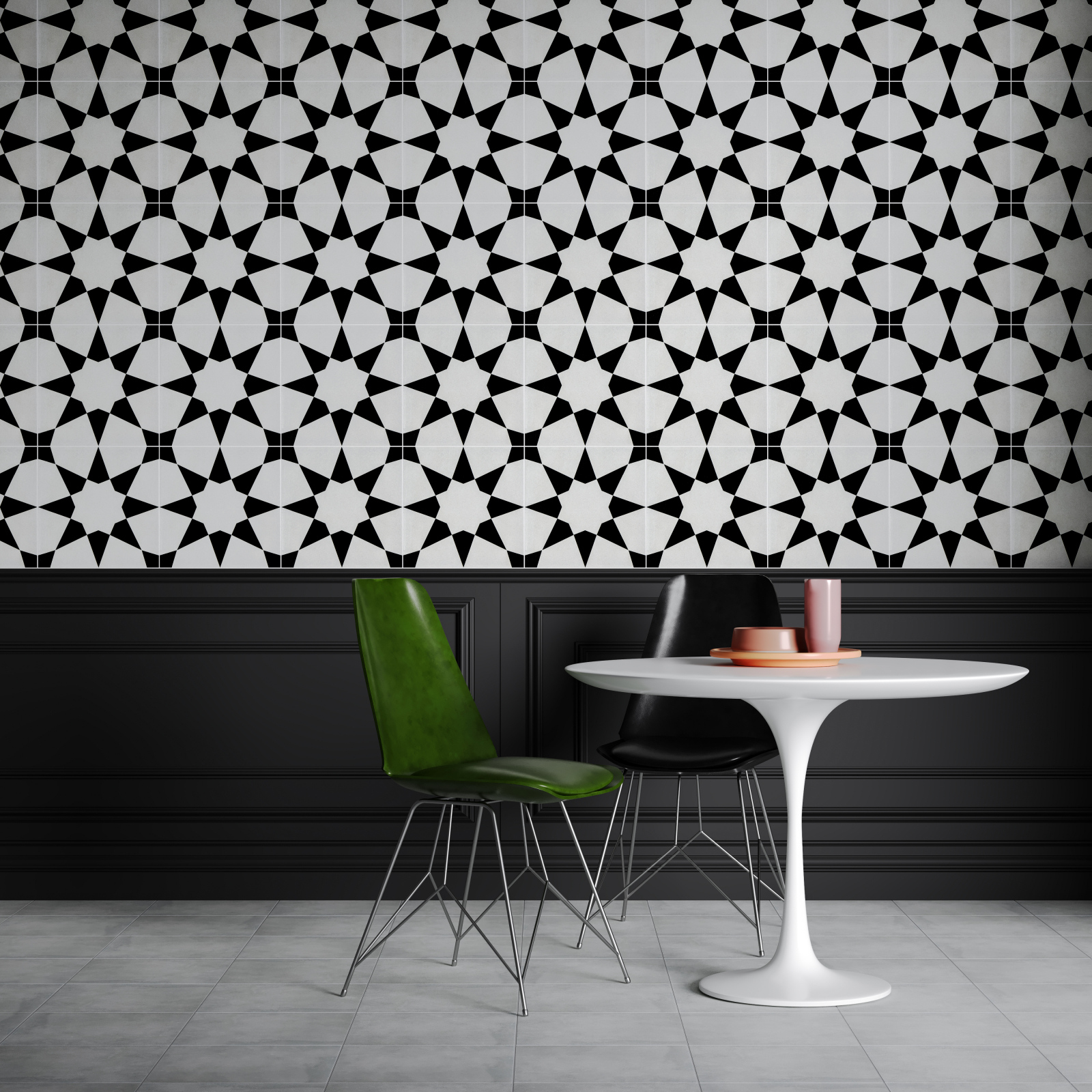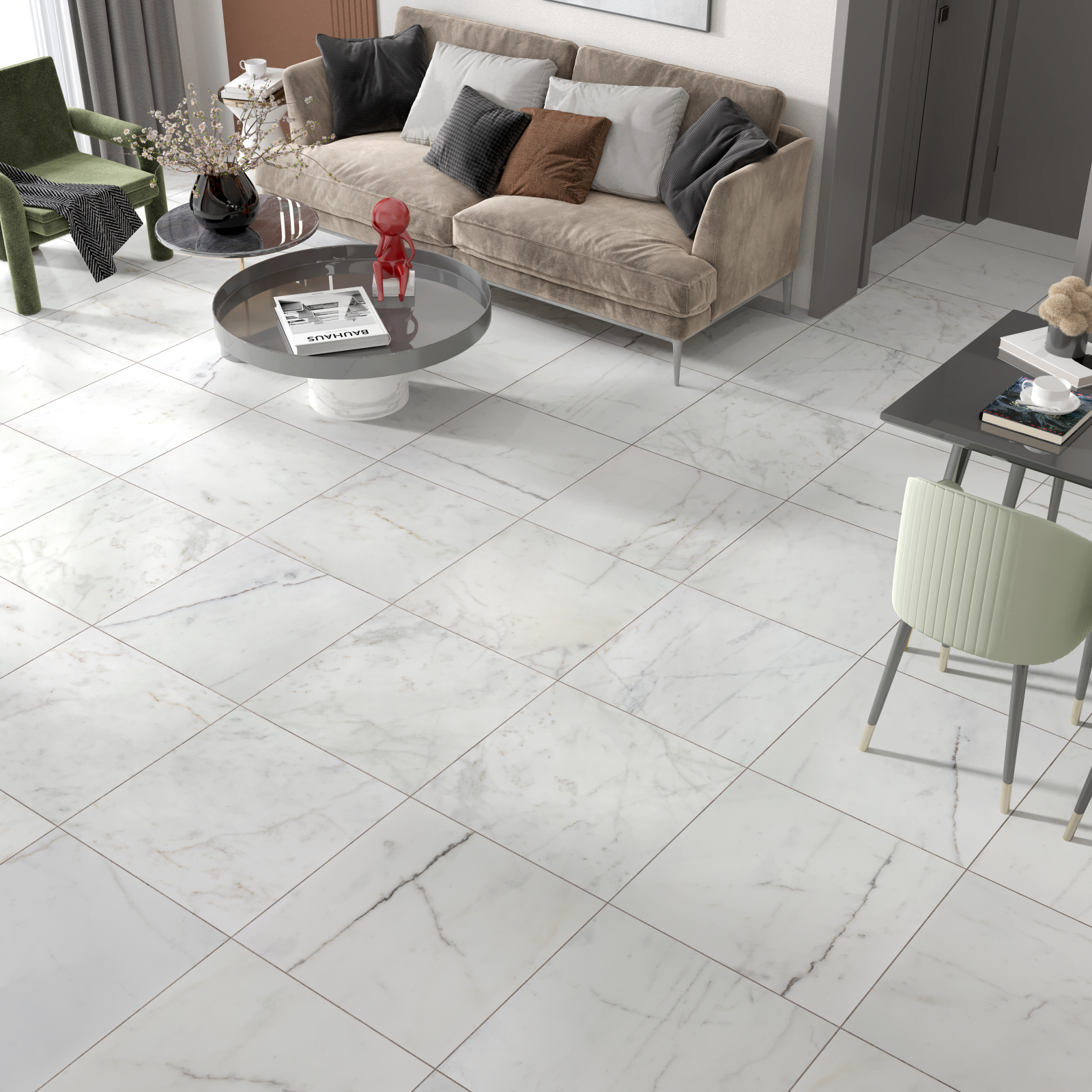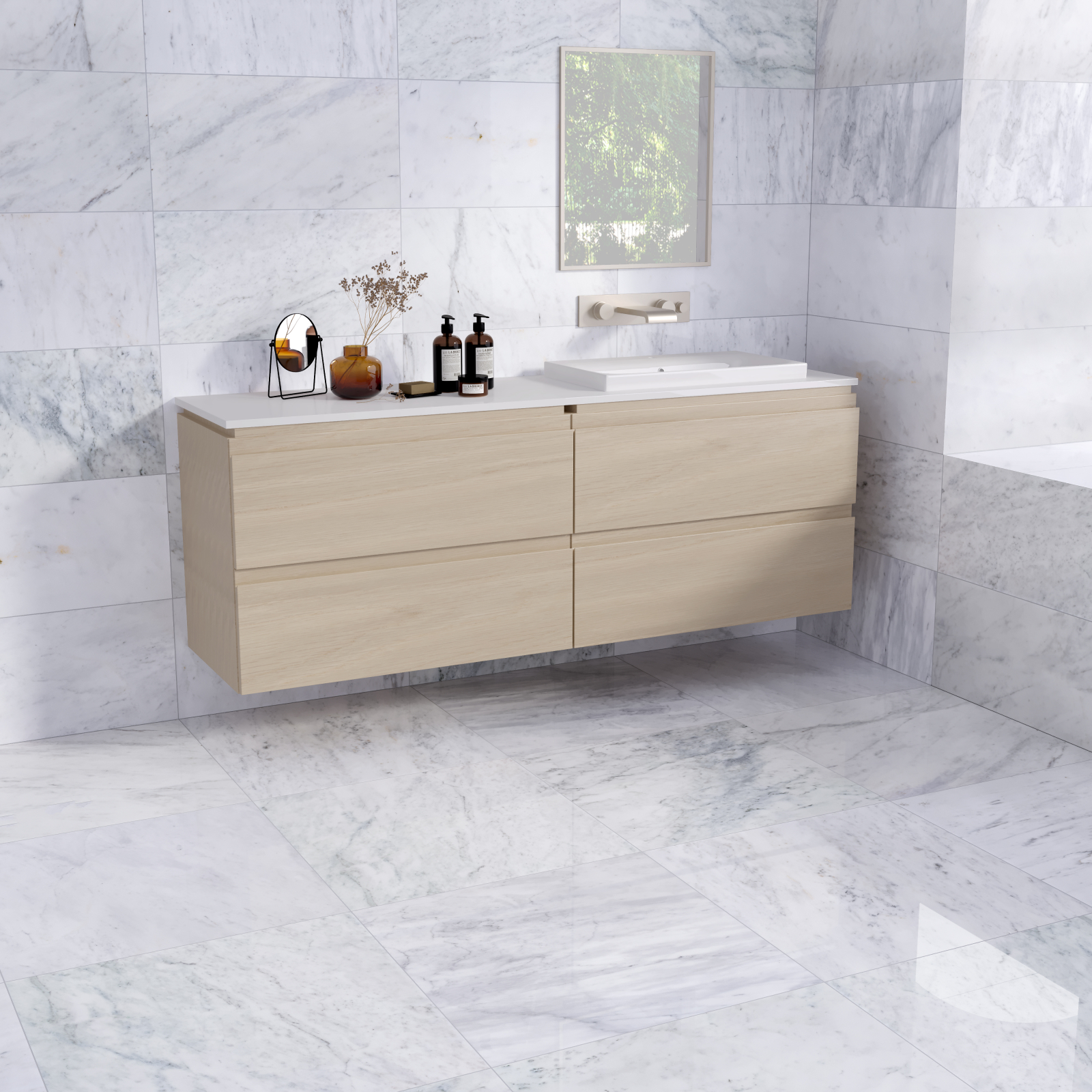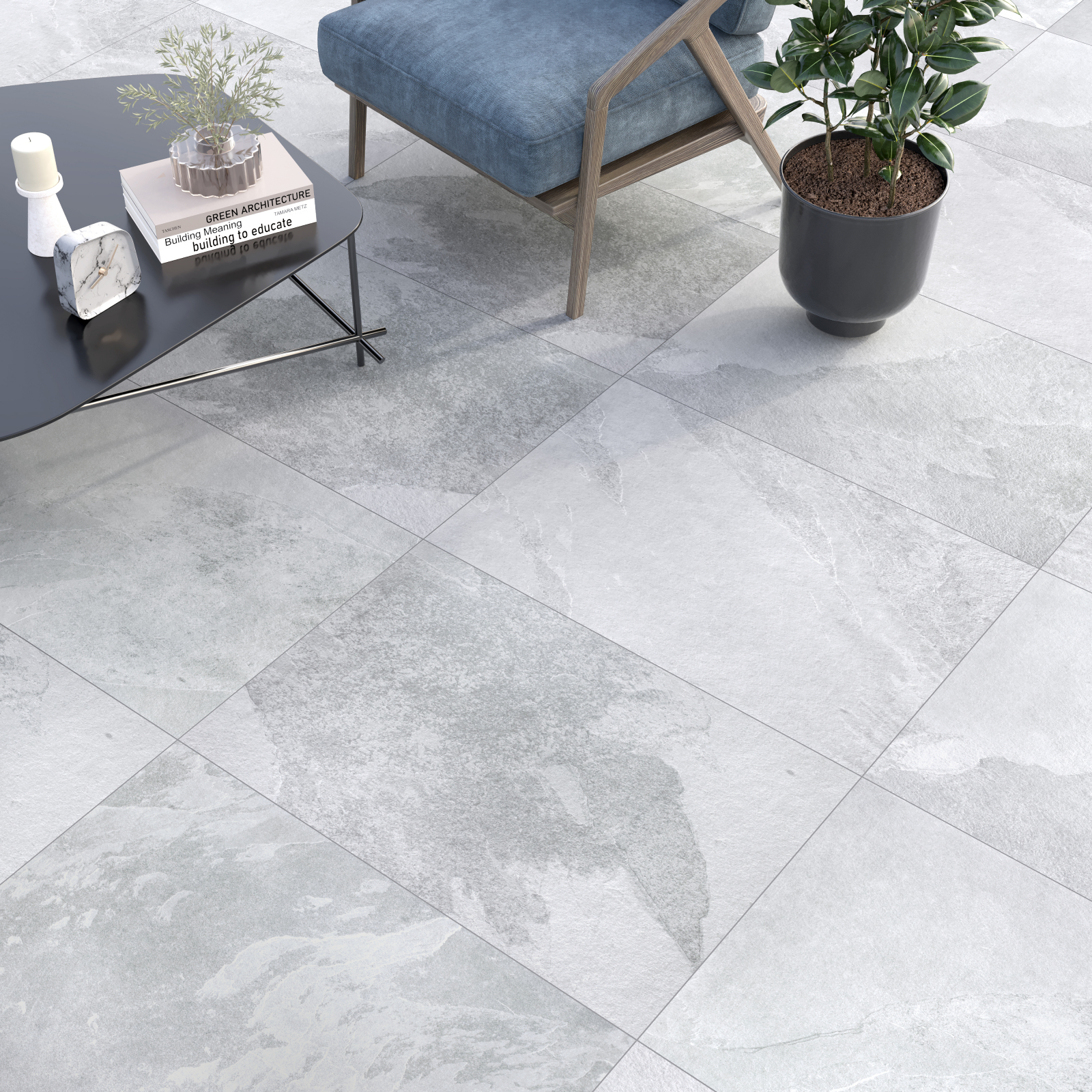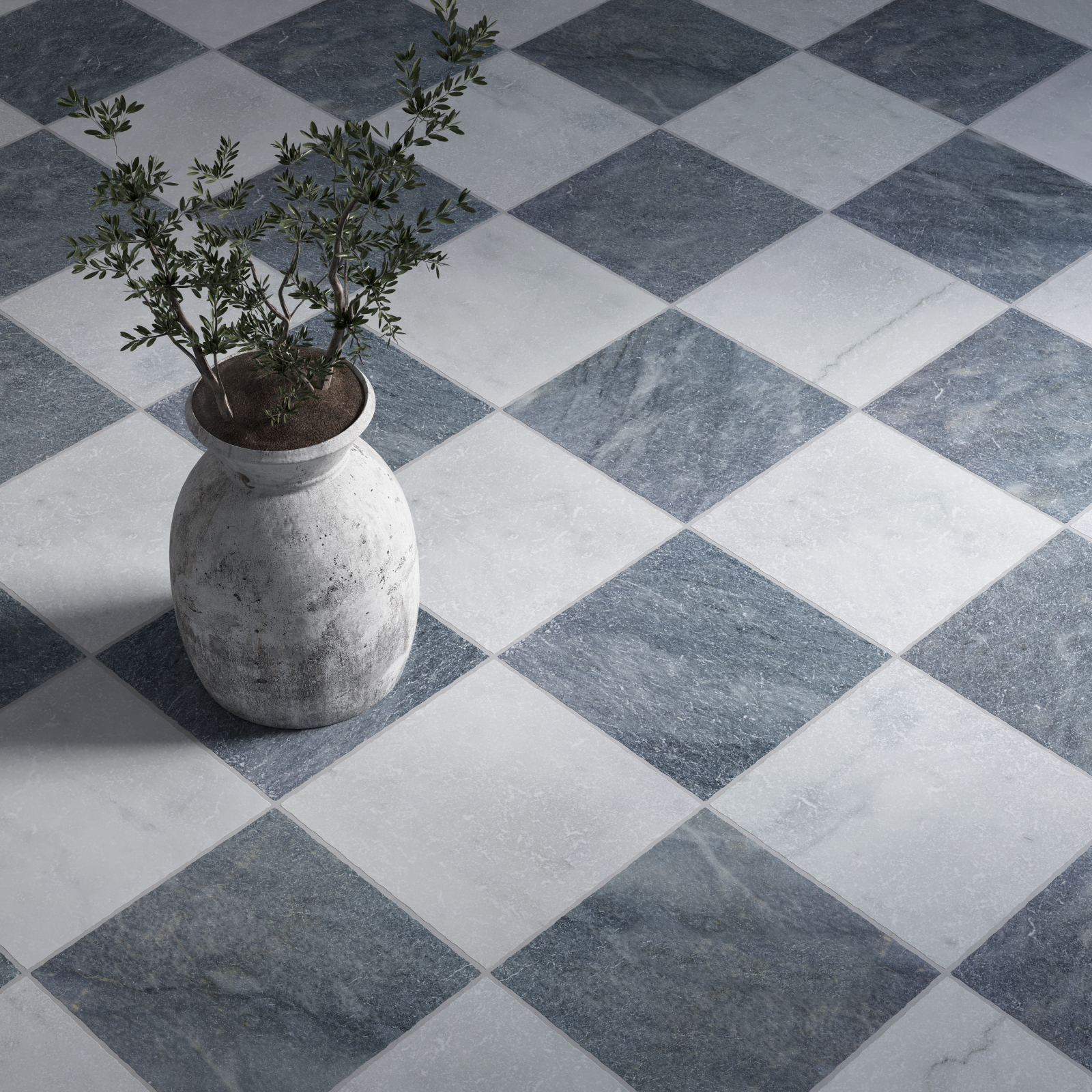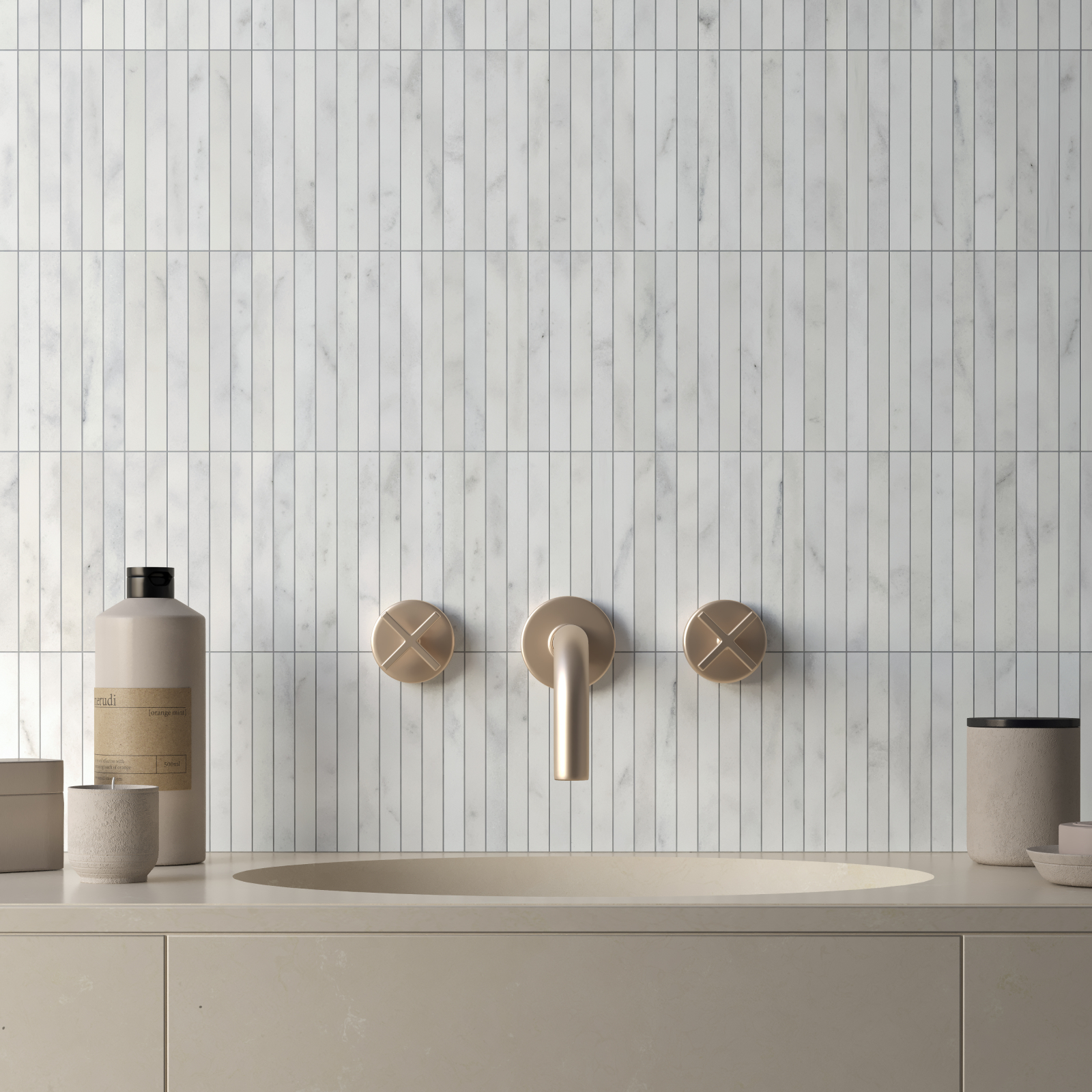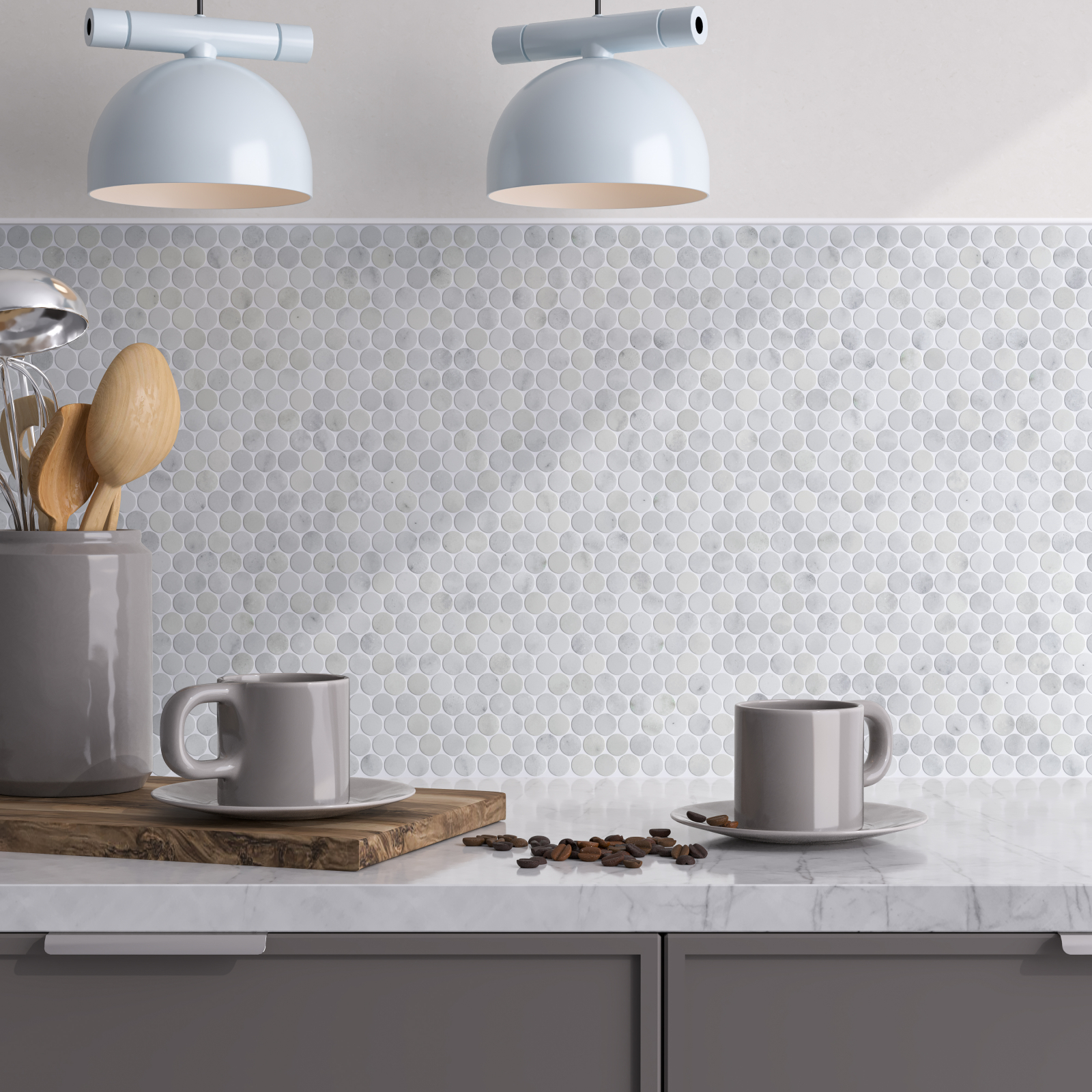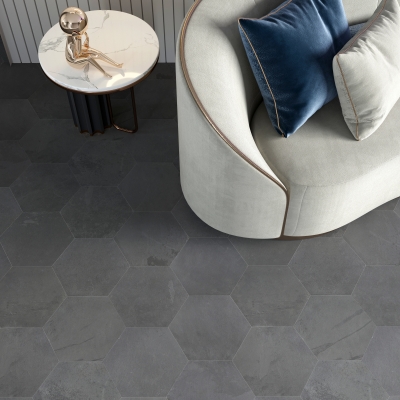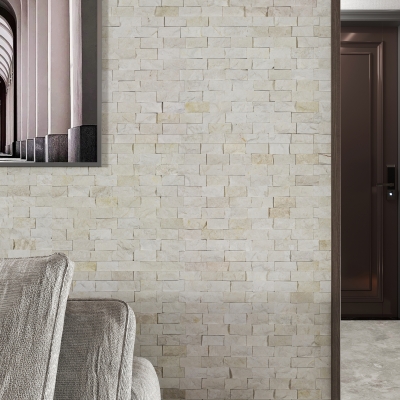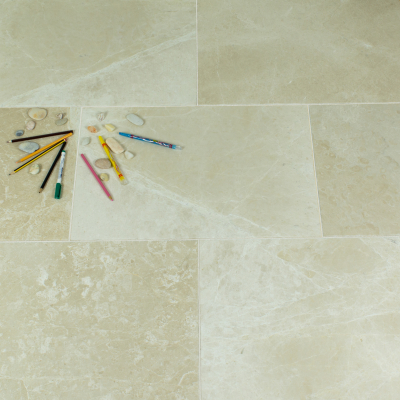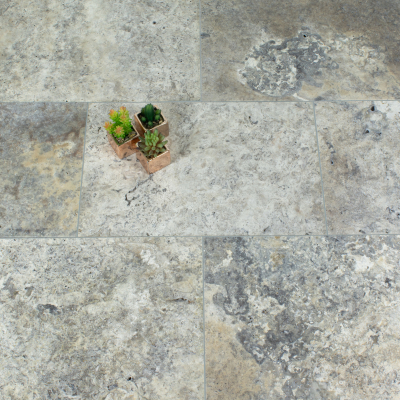How to maintain your paving tiles?
Paving tiles have an important role to play if you want to utilise your outdoors, providing an external hard surface living area for setups such as patio furniture, this helps extend the living space of your home, both aesthetically and practically. However, the maintenance of paving tiles is an important aspect of consideration, where several factors must be taken into account. Thanks to their resistance to extreme temperatures, humidity and other external factors by design, if properly maintained, the life and appearance of your paving tiles will be extended for decades.
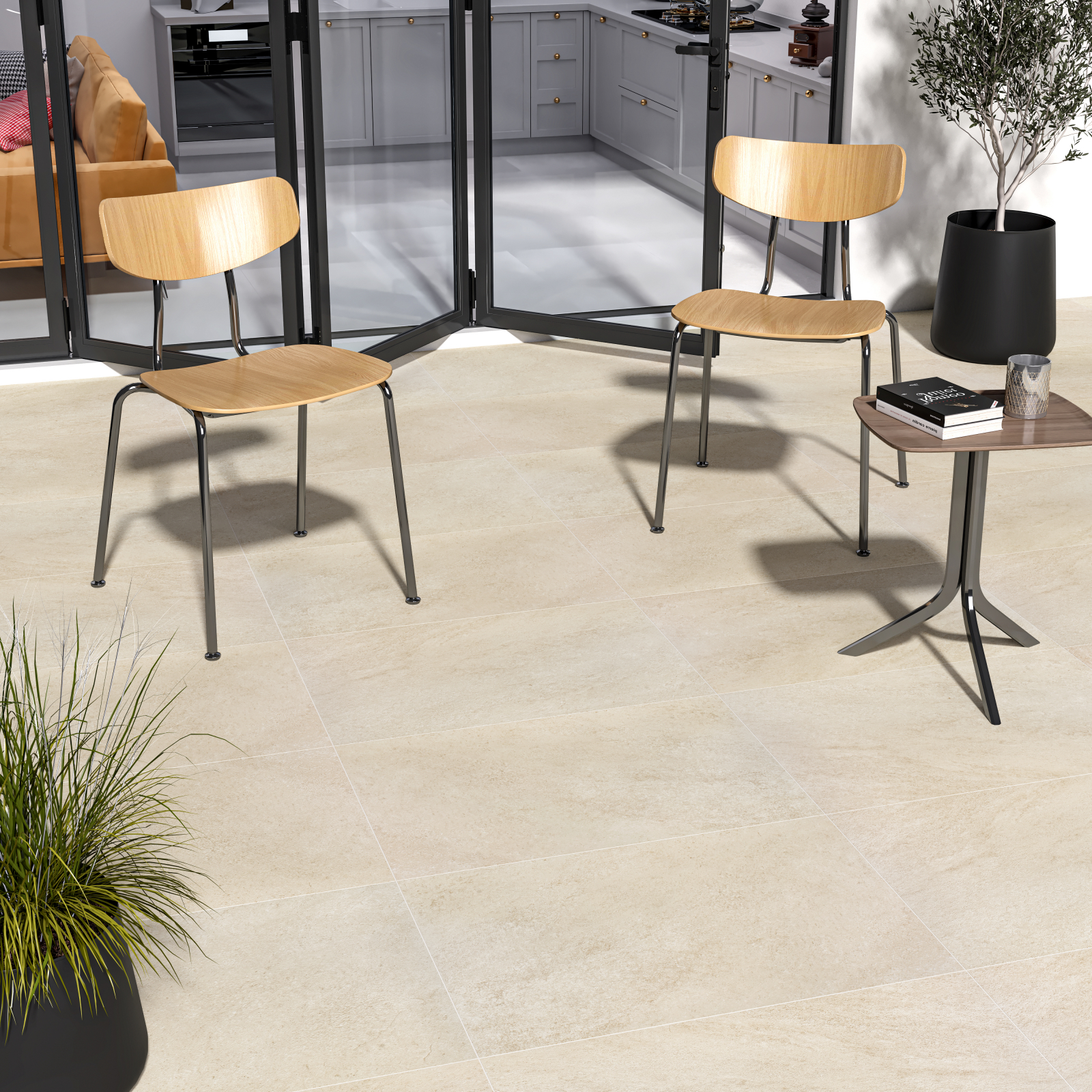
“So, what are the steps we need to take to keep our patio, alleyway and garden paving tiles in the best possible condition?”
We will present some very simple suggestions for maintaining your paving tiles and how to keep them in tip-top condition for as long as possible
The main methods of care for your paving’s can be in four different categories:
Sealing your paving tiles.
The best way to deal with an issue is to prevent it from happening in the first place. Most stains on your paving tiles can be prevented from happening. We always recommend that all natural stones are sealed with a suitable sealer at least twice when laid. And then periodically sealed throughout their lifetime, the intervals depend on the frequency of cleaning, but usually no more than every 8-12 months. Cleaning and re-sealing your paving tiles will help protect them and possibly avoid those times that will require a lot of elbow grease to get rid of any avoidable stains on your tiles.
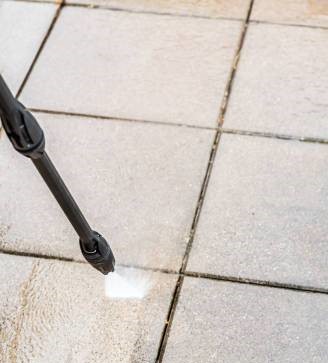
Cleaning and maintaining using tools.
This is a method where various tools are used, shovels, scrapers etc. usually in the winter to clear and clean snow or ice from the surface of the paving tiles. You may also use small scrapers to get rid of any sort of weed growth from between your paving.
This is a method where various tools are used, shovels, scrapers etc. usually in the winter to clear and clean snow or ice from the surface of the paving tiles. You may also use small scrapers to get rid of any sort of weed growth from between your paving.
Wet or dry cleaning the surface of your tiles
This cleaning method is more for the surface of dust, dirt, and debris, performed with a plastic brush or a jet of water under pressure. This is the main method used for regular care. We only recommend washing your paving tiles with things like a jet wash under low pressure from about half a meter distance, as any high-pressure water jetted from close range can damage your precious tiles
Cleaning using chemicals.
All chemicals are applied as a wet layer, which usually means actual penetration into your paving tiles, therefore, be sure to use the correct chemical as things like concentrated chlorine for example, can irreversibly change the colour of your paving tiles and cause damage. It is always recommended to try any chemical substances on a small, less visible area first and wait to see the results before applying them to more visible larger areas. This method is usually for deep cleaning when your paving tiles may not have had the TLC they needed for some time.
What you would need for year round maintenance:
- Hard bristled sweeping brush (the bigger the better)
- Hard bristled small brush
- Bucket
- Jet Wash (optional)
- Access to warm water
- Drying towels
- Suitable tile sealer
- Suitable natural stone cleaner
- Suitable Algae remover
- Protective gloves and goggles
To prolong the life of paving tiles and preserve their fantastic appearance and qualities, how should we take care of them?
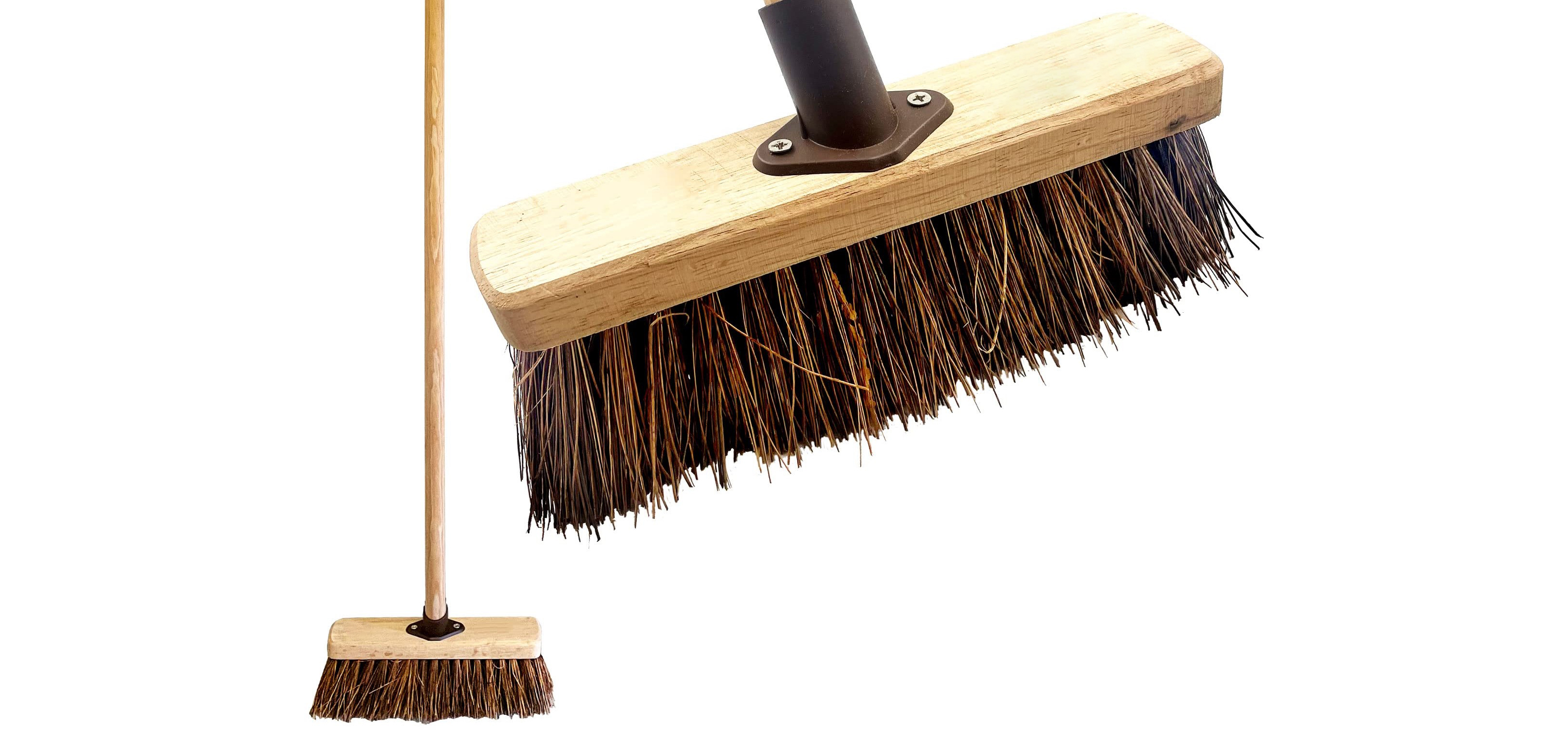
Regular dirt
For regular dirt, such as dust, dirt deposits, bird droppings etc. you don’t need special cleaning tools to get rid of them, as they can usually be removed with light manual cleaning using some warm water and a sweeping brush. We do however, recommend that you get on with cleaning any bird droppings as soon as you can as the acid in bird droppings will penetrate your tiles if not cleaned off quickly and cause irreversible damage.
- Pour some warm water onto the area and agitate with your brush
- Rinse off and dry.
Persistent dirt, spilled juice or wine stains
Regardless of how well we take care of our paving tiles, there will be times when we have to deal with dirt or stains that are harder to remove. Most often, paving tiles get this sort of dirt on small areas that are missed with regular cleaning. We recommend a specially formulated natural tile solution for persistent stains.
- Using our LTP Grimex cleaning product.
- Simply pour a little onto the affected area and
- Using a hard bristled brush, agitate using circular motion, it may help to leave it for a few minutes
- Rinse off with warm clean water and dry.
Algae and black spots
This area generally falls into prevention first. We recommend using a suitable tile sealer to impregnate your paving tiles with intervals of 8-12 months to protect them from such issues. If this occurs, here are methods like using some bleach and water mix (never recommended for natural stone) White vinegar and water mix (can damage your stones and plant life) or a pressure washer (can damage your stone and remove grout)
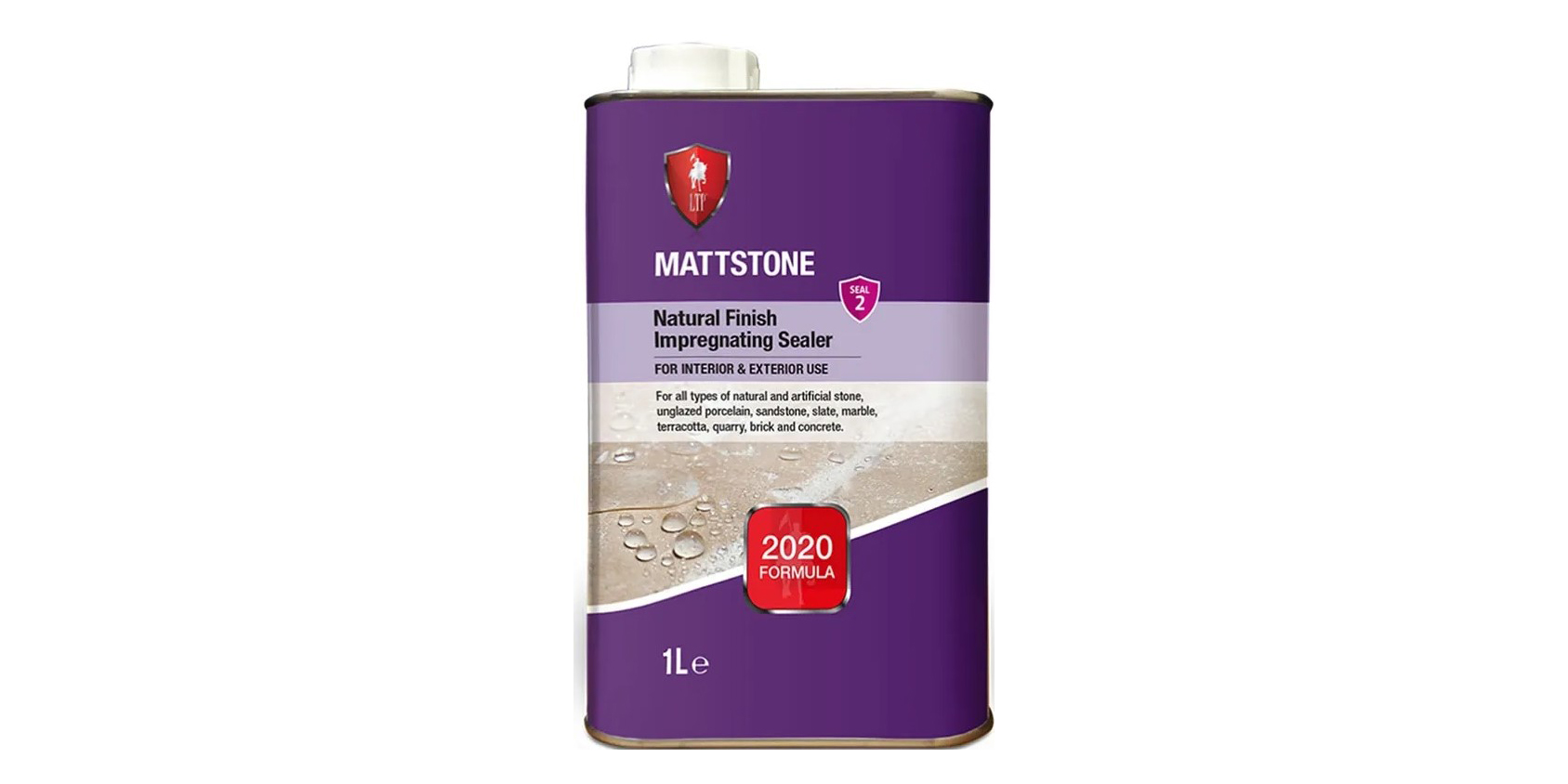
We find the best solution we can recommend is to use the LTP Black Spot & Algae remover as this solution is specially designed so as not to harm your paving tiles when it’s doing its job with no other high risks when used.
- Poor some of your solution onto the affected area
- Agitate with your brush and leave for the recommended length of time
- Rinse off with warm water and dry
- Re-sealing your tiles is recommended after this process
Remember to wear protective gloves and eye gear when using special solutions.
Rust removal
We all know that if metal tools, toys, furniture or flower pots are left outside on your paving tiles and are exposed to the elements for extended periods, then inevitably this will mean your tiles will be exposed to rust. Never a good thing of course but there is a solution. Products like LTP Rust Stain remover are perfect solutions for the job if you want the best possible outcome.
- First, clean the affected area
- Then pour a little bit of your Rust remover and agitate the area with your hard-bristled brush
- Leave for the recommended length of time then rinse off your area with clean water
- Re-sealing your tiles is recommended after this process
The process may need to be repeated for deeper more stubborn rust stains.
Remember to wear protective gloves and eye gear when using special solutions.
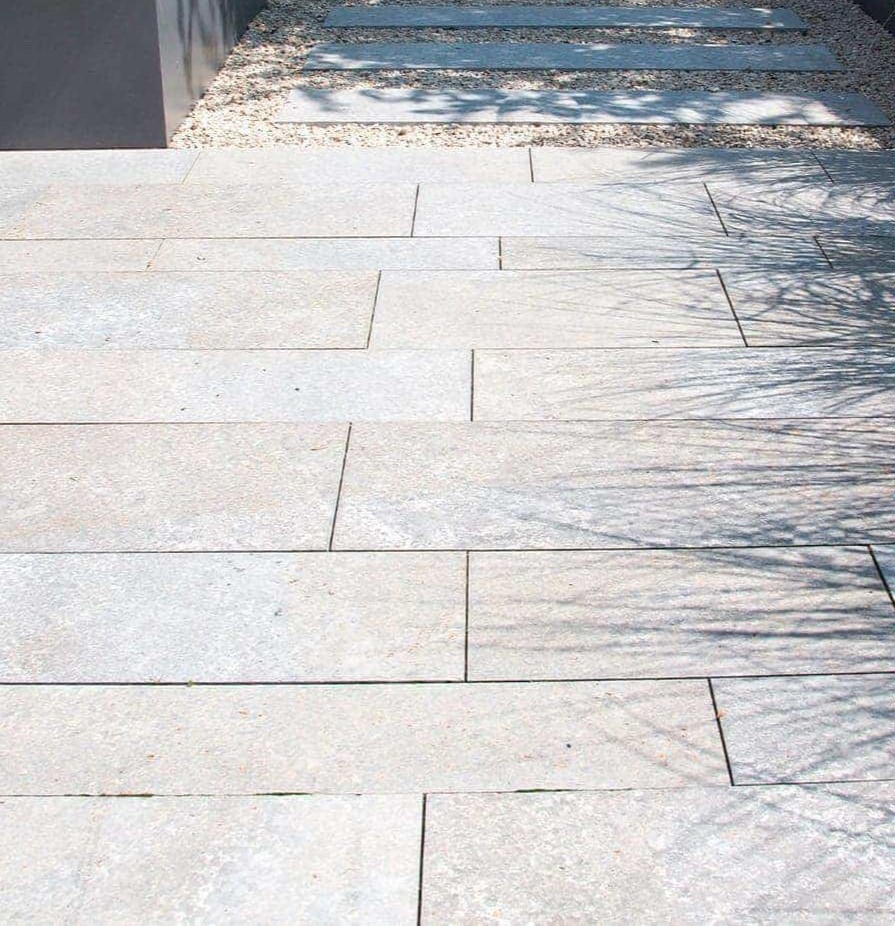
Our recommendations for winter maintenance of your paving tiles
It is necessary to clean your paving tiles soon after any heavy snowfall, this will help avoid the subsequent formation of a thick layer of ice. Get rid of snow with a plastic or a wooden shovel, using shovels with metal tips and other similar tools will almost certainly damage your paving tiles. Therefore, it is recommended to use wooden and plastic shovels for cleaning.
You should also clean off any leaves as soon as possible as leaves that are left to rot away on your paving tiles can cause staining.
Wash your tiles off weekly with warm water if possible and don’t forget re-sealing them within the recommended intervals.
We hope that with our recommendations we will help you with planning and managing your beautiful paving tiles for a longer period.


